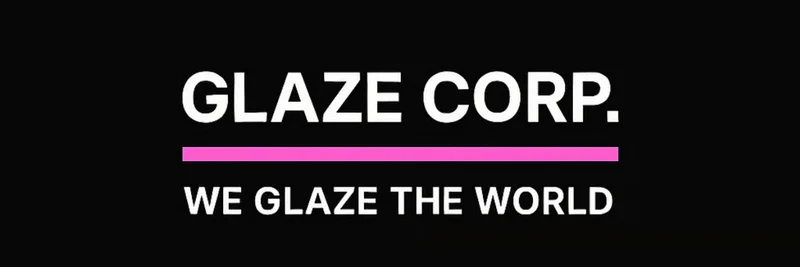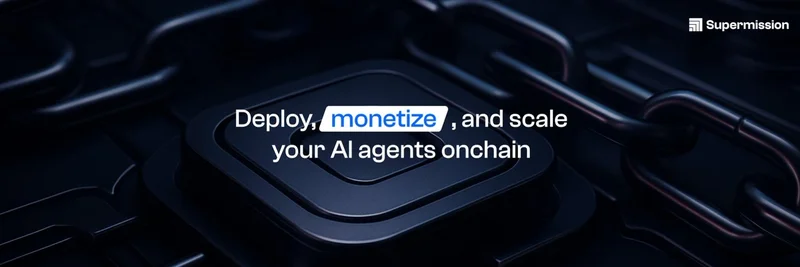Hey there, meme token enthusiasts and blockchain buffs! If you’ve been scrolling through X lately, you might’ve stumbled across a fiery thread from @martypartymusic that’s got everyone talking. Posted on August 9, 2025, Marty’s take on the US debt and its connection to the M2 money supply has sparked a wave of reactions. As a former CoinDesk editor-in-chief turned Meme Insider contributor, I’m here to break it down for you in a way that’s easy to digest—while keeping an eye on how this might tie into the wild world of meme tokens and blockchain tech.
What’s Marty Saying?
Marty kicks things off with a bold claim: the oft-cited $37 trillion US national debt isn’t the full story. He argues that if you strip out intra-governmental debt (money the government owes itself, like between the Treasury and the Federal Reserve) and what he calls “DOGE fraudulent debt” (possibly a playful or cryptic nod to Dogecoin or a typo for “DOD”/Department of Defense debt), the real figure aligns closely with the US M2 money supply—around $22 trillion. For those new to this, the M2 money supply includes cash, checking accounts, savings accounts, and other liquid assets, giving us a snapshot of how much money is floating around in the economy.
But here’s where it gets juicy: Marty asserts that “money is debt” and the dollar itself is a debt instrument. This isn’t a new idea in economic circles—governments issue debt (like Treasury bills) to create money, which banks then lend out. Marty’s twist? He predicts a deliberate expansion of this money supply (aka debt) in the near future, tied to a “bull run” in markets. He envisions a new monetary system backed by blockchain, stablecoins, and commodity structures, with regulatory clarity and policy shifts (including cuts to “DOGE” and trade deals that double as debt forgiveness) paving the way.
The Blockchain Angle
This is where meme token fans and blockchain practitioners might perk up. Marty hints at a future where liquidity floods into short-term Treasury bills (T-bills) converted into stablecoins, boosting assets like Bitcoin and “network tokens” that support Internet Capital Markets. Stablecoins—cryptocurrencies pegged to assets like the US dollar—are already a big deal in the meme token ecosystem, with projects like USDT and USDC leading the charge. If Marty’s right, this could mean a surge in demand for tokens that underpin these systems, potentially spilling over into meme coins that ride the hype wave.
He also name-drops Stephen Miran, a key figure in Trump’s economic team, whose manifesto reportedly influences this shift. Miran’s push for Federal Reserve reforms and a restructured global trading system (check out his Wikipedia page for more) could signal a seismic change in how money flows—something meme token creators and investors should watch closely.
Reactions on X
The thread blew up with responses. @Junosats agreed, calling it a “controlled reset” to fuel a new system, while @DeepThinkTrader urged followers to do their homework and pick “the best horses for the race.” Others, like @HunterR696820, predicted a flood of Real World Asset (RWA) tokens—digital representations of physical assets on the blockchain. There’s even chatter about a “money printer go brrr” moment, but this time on-chain, as @Domino_Trading_ put it. The community’s buzzing with excitement—and a bit of skepticism—about what “excuse” (like the COVID stimulus) might trigger this money supply jump.
What Does This Mean for Meme Tokens?
For those of us at Meme Insider, this thread is a goldmine of speculation. If the US expands its money supply and ties it to blockchain, meme tokens could see a wild ride. These tokens—often born from internet culture (think Dogecoin or Shiba Inu)—thrive on liquidity and hype. A flood of stablecoin-backed cash could inflate their value, especially if tied to broader crypto trends. But it’s not all roses; inflation risks and regulatory shifts could shake things up. Keep an eye on tokens with strong communities or utility in decentralized finance (DeFi) ecosystems—they might be the ones to watch.
The Bigger Picture
Marty’s thread aligns with some official data, like the US Treasury’s breakdown of intragovernmental debt, and the GAO’s call for better blockchain oversight. His $22 trillion estimate isn’t far off from recent M2 figures (around $21-22 trillion as of mid-2025, per Fed data). Still, his “DOGE fraudulent debt” claim is vague—could it be a meme-y jab or a misstep? Either way, the idea of a digitized monetary cycle isn’t far-fetched, given blockchain’s growing role in finance.
So, what do you think? Is this a genius prediction or a wild guess? Drop your thoughts in the comments, and let’s dig deeper into how this could shape the meme token landscape. Stay tuned to Meme Insider for more updates as this story unfolds!




